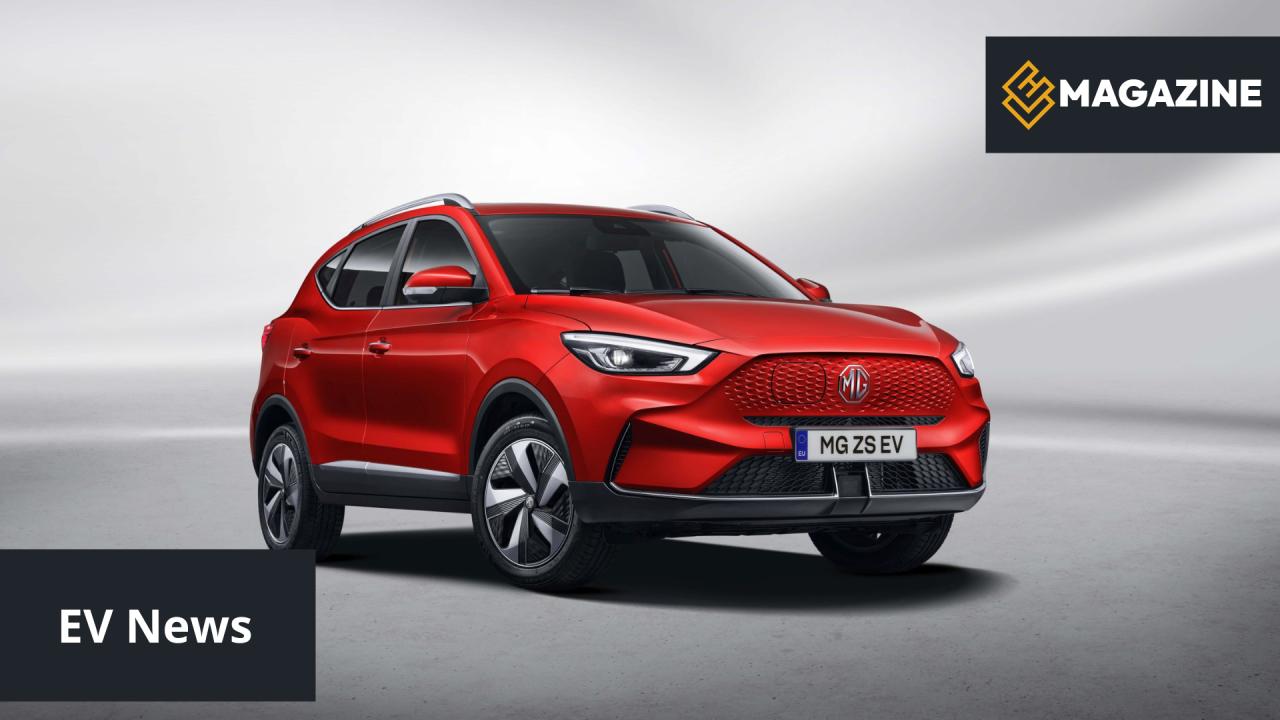The first winter with an electric car raises many questions. Online, you can find a variety of opinions – from those promising seamless operation to warnings about electric cars being unusable in low temperatures. Based on my experience with the MG ZS EV during the winter months, I can provide an objective perspective on the real situation.
Winter Trip to the Krkonoše Mountains (Czech Republic)
During the Christmas holidays, our family traveled to the Krkonoše Mountains in the Czech Republic. The 150 km journey from Prague was problem-free, even with temperatures around -10°C. The electric car handled this distance with ease. Additionally, the mobile app allowed us to preheat the car before departure, eliminating the need to scrape frost off the windows, unlike owners of conventional cars.
Longer Distances: Harrachov to Opava (Czech Republic)
We then undertook a 300 km journey from Harrachov to Opava in the Czech Republic. Starting with a 93% charge, we comfortably reached Rychnov nad Kněžnou, where we charged the car at a Lidl station. The stop took an hour, corresponding to our lunch break. We arrived in Opava with enough remaining energy, allowing us to charge later with plenty of time.
Highway Consumption and the Impact of Winter Conditions
The 362 km journey from Opava to Prague, also in the Czech Republic, followed a similar pattern. With outside temperatures around -3°C, highway consumption increased from the usual 14–15 kWh to 20 kWh per 100 km. The MG ZS EV isn’t the most efficient electric car, but it still offers solid efficiency for its size. We charged in Ostrava (Czech Republic) during a two-hour stop at a shopping outlet, which aligned with our plans. A subsequent stop in Litomyšl for coffee and shopping provided enough energy to comfortably reach Neratovice.
Pros and Cons of Winter Driving
In winter, energy consumption is higher, leading to increased costs per kilometer. In our case, it was approximately 1.6 CZK/km compared to around 1 CZK/km in summer. A key factor is the cost of charging, which varies significantly by provider. While ČEZ charges up to 18 CZK/kWh, Lidl and E.On stations offer prices around 10–12.5 CZK/kWh, making them much more affordable.
Issues with Charging Stations
In the past, we encountered minor issues at ČEZ charging stations, such as difficulties starting a session or reduced charging speeds. On the other hand, Lidl, E.On, and Tesla stations always operated reliably and at full capacity. Moreover, at ČEZ stations, we sometimes experienced significantly lower charging speeds, even at high-speed chargers. This issue also occurred in Harrachov, despite the high cost of 18 CZK per kWh. In the future, we plan to use ČEZ stations primarily for slow charging. Tesla, E.On, and Lidl stations have consistently offered trouble-free service at lower costs.
Conclusion: Electric Cars in Winter? Fully Viable
The MG ZS EV has proven to be a fully viable vehicle for family travel in winter. However, it requires some planning, particularly for longer trips. Increased energy consumption and costs during winter are a reality, but benefits like preheating convenience and environmentally friendly operation offset these drawbacks. Electric cars may not be for everyone, but for those willing to adapt their habits, they offer an excellent alternative, even in winter conditions. Just as online shopping took time to gain widespread adoption, drivers may need time to adjust to electric mobility. With more affordable options, many could find electric cars suitable for their needs.
Source: EVmagazin.cz

